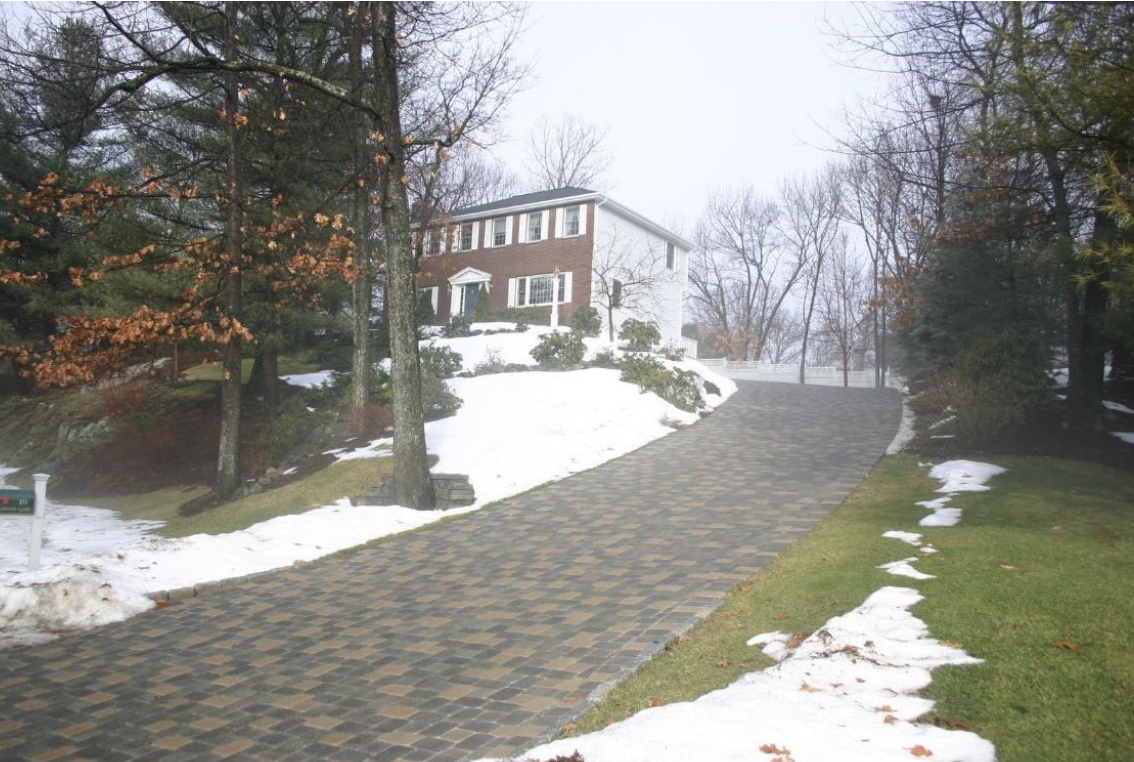Efficient snowmelt systems take the work out of the Concord, MA winters, freeing your time for more enjoyable activities and keeping you on schedule. Any interlocking concrete pavement surface is suitable for a snowmelt system, including driveways, patios, walkways, and entryways. While they don’t completely dry the paver surface, they melt the snow into water, which then drains away. Learn how snowmelt systems take the work out of winter.
Related: HOW A SNOW MELT SYSTEM SAVES TIME AND MONEY IN BROOKLINE AND LEXINGTON MA
Efficient Snowmelt Systems
Snowmelt systems for driveways and other hardscape features, also known as heated driveway systems, work by utilizing various heating elements to prevent snow and ice from accumulating on the driveway surface. They are typically installed beneath the driveway's surface and can be powered by electricity or hydronic (hot water).
Driveway Preparation
Before installing the heating elements, the driveway is prepared which involves excavating the driveway to a certain depth to create a space for the heating elements. The depth may vary based on the specific system and local climate conditions.
Heating Element Layout
The heating elements are laid out in a specific pattern across the driveway area, ensuring even coverage for efficient snow and ice removal. Electric systems use resistant heating cables, while hydronic systems circulate hot water through tubing. Electric cables are spaced more closely together than hydronic tubing.
To maximize the efficiency of the snowmelt system, the heating elements are typically installed on a layer of insulation, helping to direct heat upwards, melting snow and preventing heat loss into the ground.
Sensors and Controls
Snowmelt systems are equipped with temperature and moisture sensors that monitor the weather conditions and the presence of snow or ice. The information collected is sent to a control panel that activates the system when snow or freezing conditions are detected.
When the sensors detect snow or ice, the control panel activates the heating elements. In electric systems, electricity is sent through the cables to generate heat, while in hydronic systems, a pump circulates hot water through the tubing.
Automatic Operation
Snowmelt systems are designed to operate automatically, turning on and off as needed based on the information provided by the sensors and melting the snow and ice on contact. This ensures that the driveway remains clear of snow and ice without manual intervention.
Energy Efficient Zones
Some snowmelt systems are designed to be energy-efficient by using features like zoning. Zoning allows you to heat specific areas of the driveway, rather than the entire surface, to conserve energy. Some systems include backup power sources, such as generators, to ensure the system remains operational during power outages.
Minimal Maintenance
Snowmelt systems require minimal maintenance but regular inspections and occasional checks for damage to the heating elements or tubing ensure proper functioning.
The Exceptional Benefits of Snowmelt Systems
Snowmelt systems work around the clock, ensuring that the driveway remains clear of snow and ice. They can start working as soon as snowfall begins, preventing accumulation and the need for periodic manual snow removal efforts.
Heated driveway systems save you valuable time during the winter months. Instead of spending hours shoveling snow or operating a snow blower, you can focus on other tasks or enjoy more leisure time.
Related: HOW DO LANDSCAPERS NEAR ME INSTALL SNOWMELT SYSTEMS IN WELLESLEY, MA


